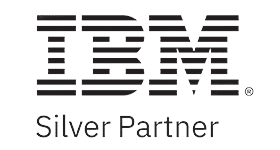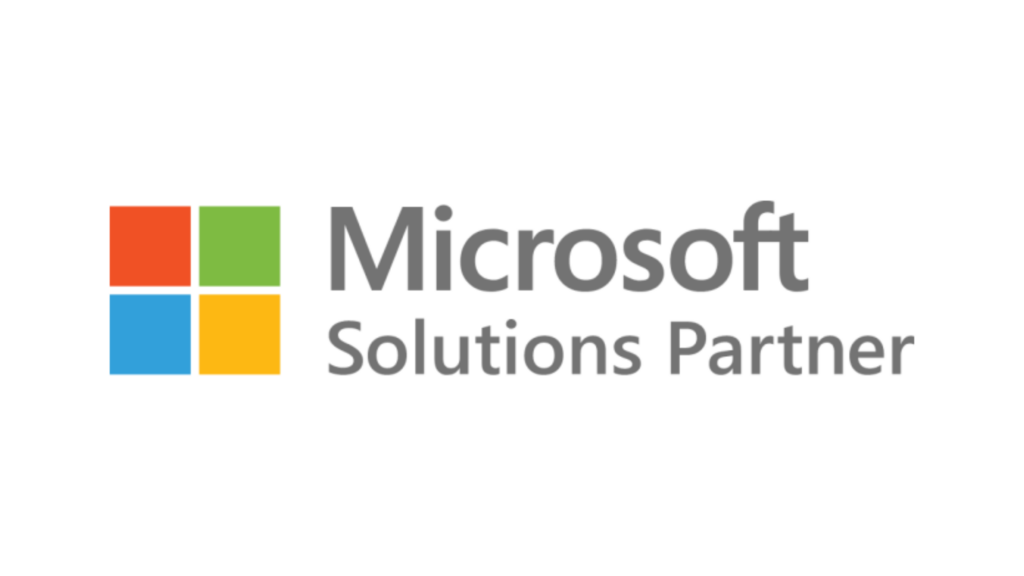
Digitalization is changing the world one industry at a time. Some industries have been more eager to embrace digital transformation, while others have dragged their heels, hoping the digital revolution will pass them by. One by one, however, they have had to bite the bullet and open their doors to digitalization. And now, the time has come for the notoriously old-school world of law to cross the Rubicon and into the world of digitalization.
General counsels are beginning to play a more prominent role in helping their organizations manage technology-related decision-making, according to a recent report by FTI Consulting. The main driving force behind legal tech adoption has been the promise of higher profits through the automation of routine tasks and the resulting efficiency gains. And the stats certainly back it up: 84% of law firm practitioners said that using legal technology had increased efficiency in their organization.
There have been other contributing factors, too, notably the pressure to offer remote working options for younger entrants to the profession, which became a de facto requirement during the pandemic. The overarching objective is to take full advantage of the innovative tools that can help reduce the margin of error and improve the precision and decision-making of lawyers.
The potential of law tech is abundantly clear, so much so that it has piqued the interest of investors. Last year was a record-breaking one for the market, earning at least $9.1 billion through funding or mergers and acquisitions involving companies in the industry. While Gartner forecasts in its 2021 Legal Technology Trends and Predictions report that by 2025, investment in legal tech will have tripled compared to last year’s figures.
Despite the benefits of legal tech, technology adoption remains low, especially among in-house counsel. Why is this? Why is legal tech adoption still so low compared to other industries? What is stopping legal teams from taking on new technologies?
Time constraints.
When asked what was holding them back from using new legal tech, 50% of trainees and associates and 35% of partners chose “lack of time” as the primary reason. That time pressure and lack of familiarity meant that it was easier to carry on working with traditional methods that are “tried and tested”.
Furthermore – as per a survey by Lawyers on Demand – 59% of in-house legal and compliance professionals believed the Covid-19 pandemic had dramatically increased their workload. Most lawyers would rather spend their time performing value-added tasks than researching and learning how to use new legal technologies.
Yet, according to Bloomberg Law, the number of law offices reporting improved efficiencies attributed to the use of legal tech in 2019 increased by a whopping 50% in 2020. While no less than 82% of law offices (both law firms and in-house legal departments) use tech with the expectation to boost efficiency.
Aversion to risk and fear of change.
While resistance to change is universal, the legal profession has been particularly resistant. From the very first day of law school, lawyers-to-be are encouraged to embrace stare decisis, the principle that precedent shapes legal arguments. The very nature of the practice of law largely rests on guidance from previous case law. Additionally, the practice of law is inherently risk averse; lawyers are known for writing long memos that issue warnings concerning the worst-case scenario, and transactional attorneys often draft from precedent rather than creating documents from scratch.
It is worth remembering there was a time when typewriters, fax machines and online research were novel and, initially, considered too time-consuming. What, however, would a modern law office look like if, three decades ago, attorneys gave in to their hesitancy? It would be a much less efficient and vastly less productive work environment. When faced with new technology, it’s important to follow the example of lawyers who came before and keep an open mind.
Privacy and security concerns.
Data has become critical to rapid, informed, decision-making, prognostication, and risk assessment. The 2021 EY/Harvard survey found that 61% of CEOs are pushing for a more data-backed approach to risk management and 57% of business development leaders responded inefficiencies in the contracting process negatively impact revenue recognition.
Despite this, the legal function, unsurprisingly, lags behind other industries when it comes to data mining and analytics. A study in the business analytics RELX Group polled 1,000 U.S. Senior Executives across healthcare, insurance, legal, science, and banking industries, as well as the government. Law finished last among industries – narrowly beating the government – in utilizing big data in some form or another.
The nature of litigation consistently deals with sensitive and confidential information, and any data breaches would be detrimental to the organization. This comes amid several well-publicized data hacks over the past few years. Yet its aversion to technology may, in fact, lead to misalignment within the business, negatively impacting not only the legal function’s performance but also adversely impacting the enterprise and its customers.
Uncertainty Around the Correct Application.
Migrating to a new legal technology platform can be a significant step for a company’s in-house evolution, bringing untold benefits. Unfortunately, many legal departments are flying blind in approaching the platform selection and migration process. Here are a few tips for navigating through the legal tech jungle:
● Understand your organization’s pain points – You should first address the business processes; analyzing them before evaluating technology.
● Ask your team – Introducing any legal tech solution boils down to one primary goal – to help people work better. Talk to your team members and involve them in the process. Run through their daily workflow, ask which tasks they find most stressful or inefficient, hear their pain points, and write down your insights.
● Determine the legal tech’s end goal – What exactly do you want to achieve? Determining these goals from the start will make you more confident and help you evaluate the effectiveness of the new software.
But in 2022, picking legal tech for a medium- or large-sized corporation is no easy task. Suddenly, the legal tech market is crowded with dozens of technologies, hundreds of vendors, and growing pressure from clients and competitors alike. Where does one even start? And how do you find one that meets all your needs? Altien can help with all of these problems.
Altien’s Solution
At Altien, our mission is simple: to enable customers to take advantage of new legal services opportunities and manage their information where and when it matters most.
Altien Legal Matter Manager (LMM) offers features that let you manage and integrate your everyday activities into an effective Matter Management Solution, providing the following competitive advantages:
● Improved productivity: automate matter and document-centric processes from ad hoc tasks to complex, multi-party processes. Flexible integrations with other systems facilitates email notifications and task reminders to improve efficiency, while integration with existing tools like email and teams means the transition overhead is limited.
● Strong User Buy-In: Intuitive for lawyers and para-legal support staff, provides a flexible, matter-centric model that can be configured for multiple practice areas. Altien solutions allow you to manage information when and where it matters most, enabling you to manage information seamlessly and efficiently, irrespective of its complexity or volume. The implementation process can be done effortlessly, minimizing disruption, meaning your legal departments can get off to a running start without needing much training.
● ROI within 12 months: Altien’s software benefits and implementation approach creates significant time and efficiency savings, making LMM a profitable investment for the first year and every one thereafter.
● Robust security: Altien’s software is built on enterprise standards with the highest levels of security, guaranteeing your data’s safety and privacy.
The Future of Law Tech
General counsels are finally beginning to understand that the ‘old’ ways of legal are not really compatible with modern, digitally motivated businesses. With companies needing to be much more agile and fast-moving, a new demographic of digitally native users, and less of an acceptance of legal speak, legal departments are starting to recognize that they can’t just be cost centres. They need to innovate and become a part of the change.
To learn more, visit our website, or contact us today!








